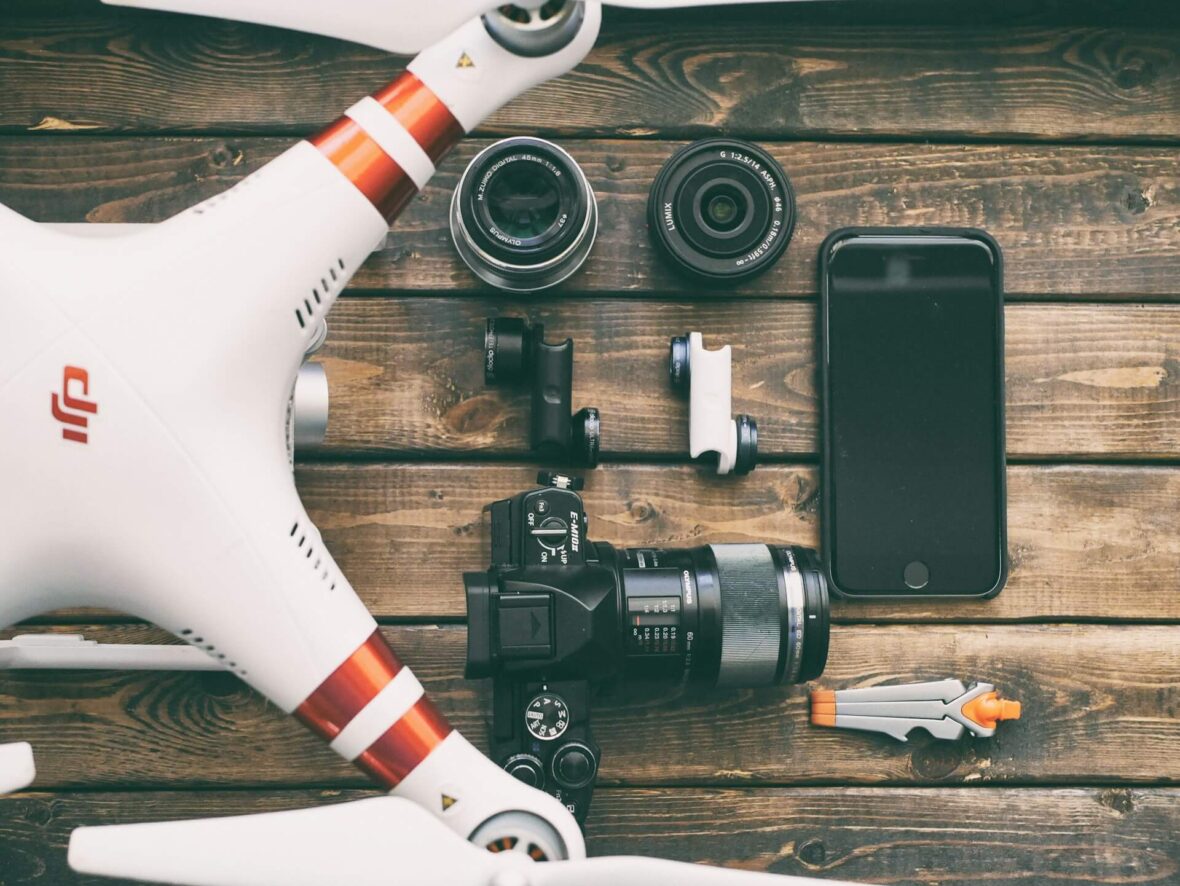Environmental conservation has always been a field that requires innovation, dedication, and the right set of to requiring innovation, dedication, and the right. With the advent of modern technology, one of the most groundbreaking tools available today is the drone. These unmanned aerial vehicles (UAVs) are revolutionizing how we approach environmental conservation, providing unprecedented access to data, efficiency, and capabilities.
In this blog post, we will explore the multifaceted role of drones in environmental conservation, highlighting their applications, benefits, and the future potential they hold. Whether you are an environmentalist, a tech enthusiast, or a conservationist, this exploration will shed light on how drones are becoming indispensable allies in preserving our planet.
1. Monitoring and Data Collection
High-Resolution Imaging
Drones equipped with high-resolution cameras can capture detailed images of ecosystems, wildlife, and landscapes from angles that were previously unreachable. This ability allows conservationists to monitor changes in the environment accurately and efficiently.
Example: In the Amazon Rainforest, drones monitor deforestation by capturing high-resolution images that reveal illegal logging activities. This data is crucial for enforcing environmental protection laws.
Thermal Imaging
Thermal imaging cameras on drones can detect temperature variations in the environment, which is particularly useful for monitoring wildlife. By identifying the heat signatures of animals, drones can help track their movements and behaviors without causing disturbance.
Example: In Africa, drones with thermal imaging are used to monitor endangered species such as rhinos and elephants, aiding in anti-poaching efforts by detecting human intruders in protected areas.
2. Wildlife Conservation
Population Assessment
Drones provide an efficient way to conduct wildlife censuses. They can cover vast areas quickly and capture images that can be analyzed to estimate the population sizes of various species.
Example: In Australia, drones have been used to count koala populations by flying over eucalyptus forests and capturing images that are then processed using machine learning algorithms to identify individual koalas.
Habitat Mapping
Understanding the habitats of different species is crucial for their conservation. Drones can create detailed maps of habitats, showing vegetation types, water sources, and other critical features.
Example: In the wetlands of Florida, drones map the habitats of the endangered Everglade snail kite, providing data that helps in managing and restoring these vital ecosystems.
3. Environmental Research
Climate Change Studies
Drones are valuable tools for studying the impacts of climate change. They can monitor glaciers, ice caps, and coastal erosion, providing data that helps scientists understand how climate change is affecting these environments.
Example: In Antarctica, drones are used to monitor the melting of ice shelves. By capturing data on ice thickness and movement, researchers can better understand the rate of ice loss and its implications for global sea levels.
Ecosystem Health
Drones can assess the health of ecosystems by monitoring vegetation health, water quality, and other indicators. This data is essential for identifying areas that need conservation efforts.
Example: In the coral reefs of the Great Barrier Reef, drones are used to monitor coral bleaching events. By capturing images of bleached corals, researchers can assess the extent of damage and devise strategies for reef restoration.
4. Disaster Response and Recovery
Rapid Assessment
In the aftermath of natural disasters such as hurricanes, floods, and wildfires, drones can quickly assess the extent of damage. This rapid assessment helps in deploying resources more effectively and prioritizing areas that need immediate attention.
Example: After the 2019 Amazon wildfires, drones were used to assess the damage to the rainforest. The data collected helped in directing reforestation efforts to the most severely affected areas.
Habitat Restoration
Drones are also being used in habitat restoration projects. They can disperse seeds over large areas, helping to reforest and restore habitats that have been degraded by human activities or natural disasters.
Example: In Scotland, drones have been used to reforest areas by dispersing seeds of native tree species. This method is faster and more cost-effective than traditional planting methods.
5. Advocacy and Education
Raising Awareness
Drones provide compelling visual content that can be used to raise awareness about environmental issues. High-quality images and videos captured by drones can be shared on social media, in documentaries, and at educational events to engage the public.
Example: Conservation organizations use drone footage to showcase the beauty of endangered ecosystems and the threats they face. This visual content is powerful in garnering support and funding for conservation projects.
Citizen Science
Drones are also enabling citizen science initiatives, where volunteers use drones to collect data for conservation projects. This democratizes environmental monitoring and engages the public in conservation efforts.
Example: In the United States, citizen scientists use drones to monitor the health of coastal wetlands. The data collected by these volunteers contributes to larger conservation projects led by research institutions.
Conclusion
Delving deeper into drones’ role in environmental conservation marks a significant shift. These adaptable tools introduce fresh avenues for overseeing, safeguarding, and rejuvenating our planet’s invaluable ecosystems. Ranging from high-definition imaging to thermal sensing, drones furnish previously unattainable data and perspectives, enhancing the effectiveness and efficiency of conservation endeavors.
One area where drones are already making a big impact is in environmental conservation. From mapping deforestation to tracking endangered species, drones are enabling us to gather data and insights that were once impossible. At iskyfilms.com, we’re passionate about using drone technology for good, and we’re excited to see how this field will continue to evolve in the future.
Are you passionate about environmental conservation and intrigued by the potential of drones? Share your thoughts and experiences in the comments below, and let’s continue the conversation on how technology can help us protect our planet!






